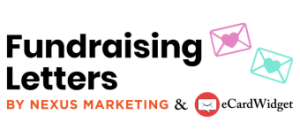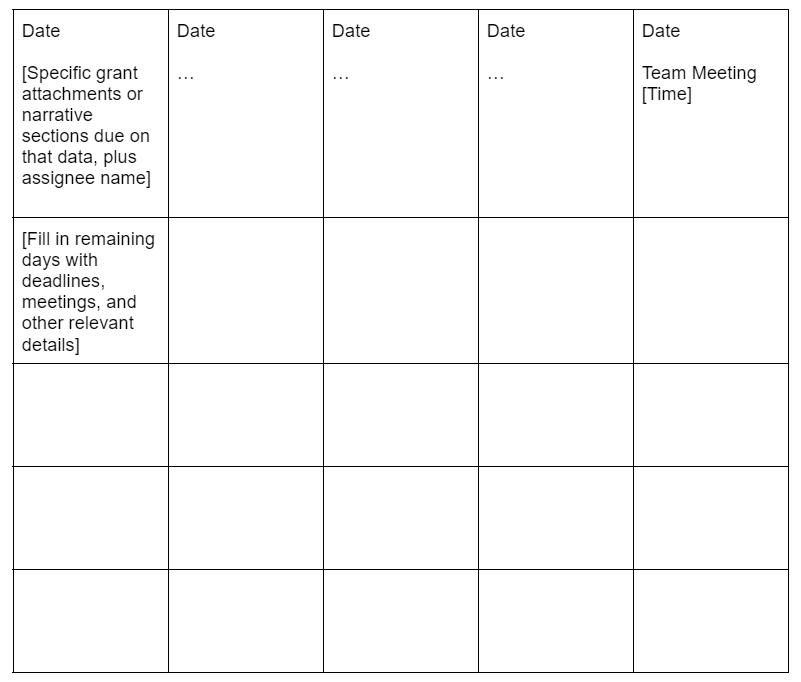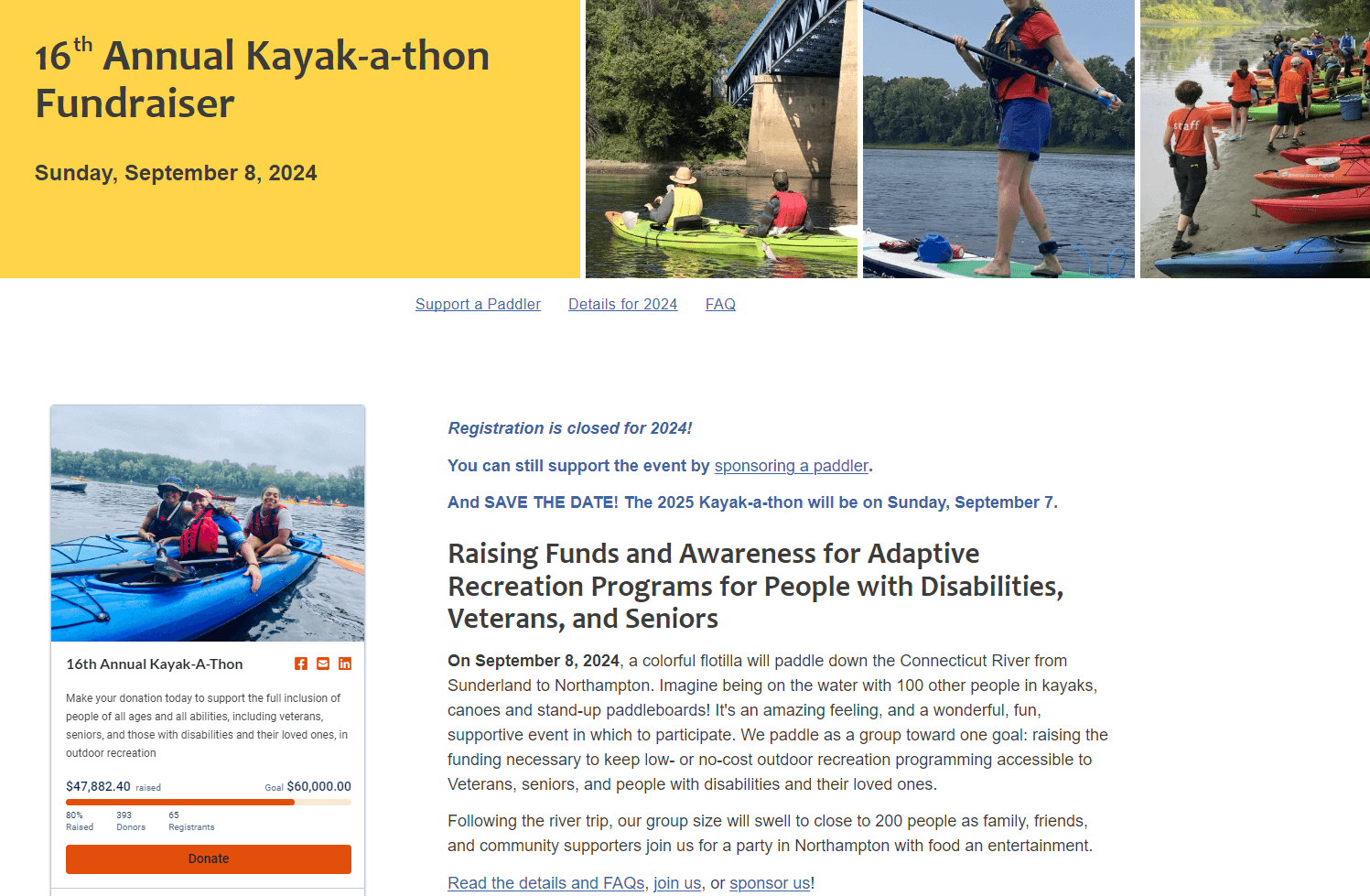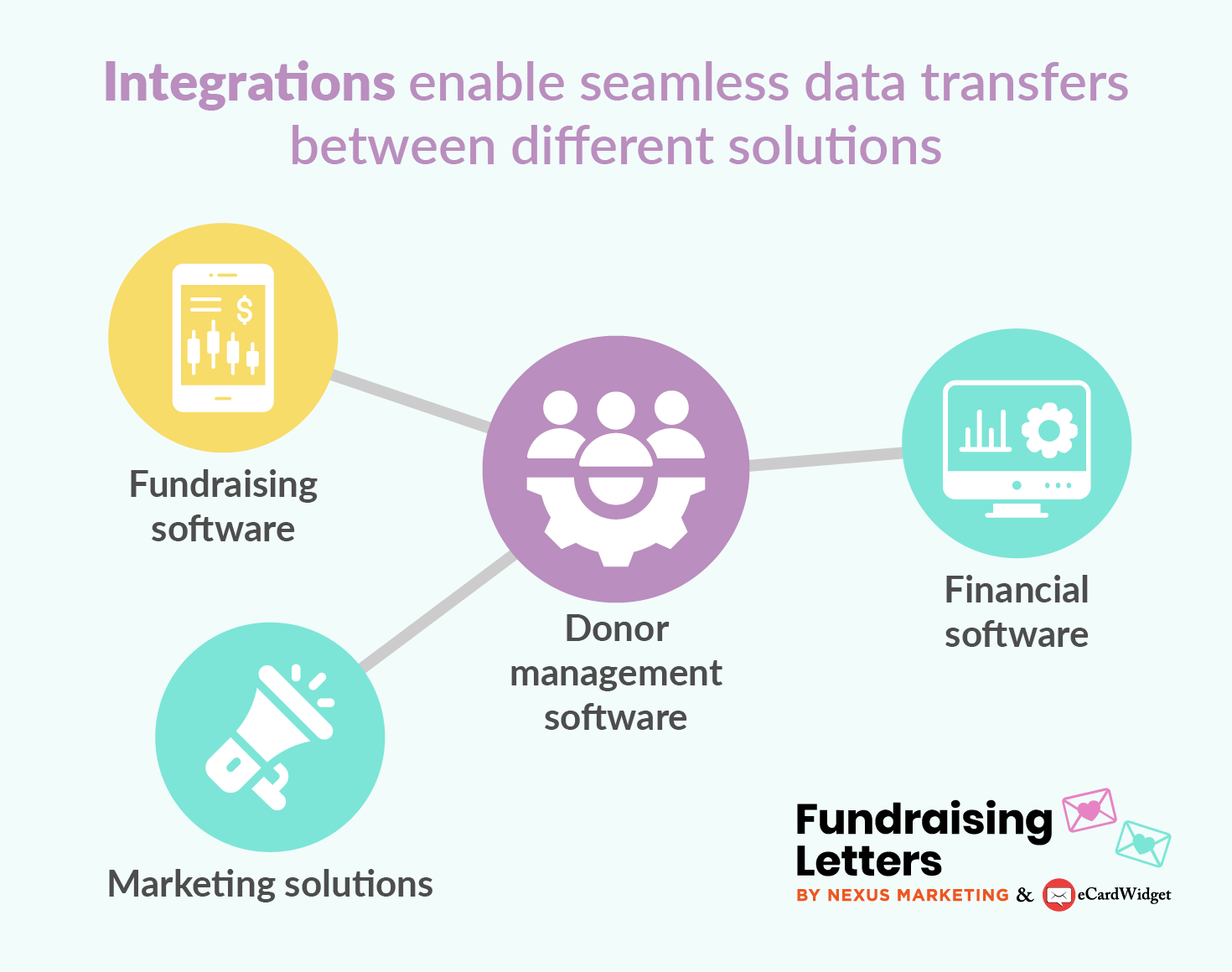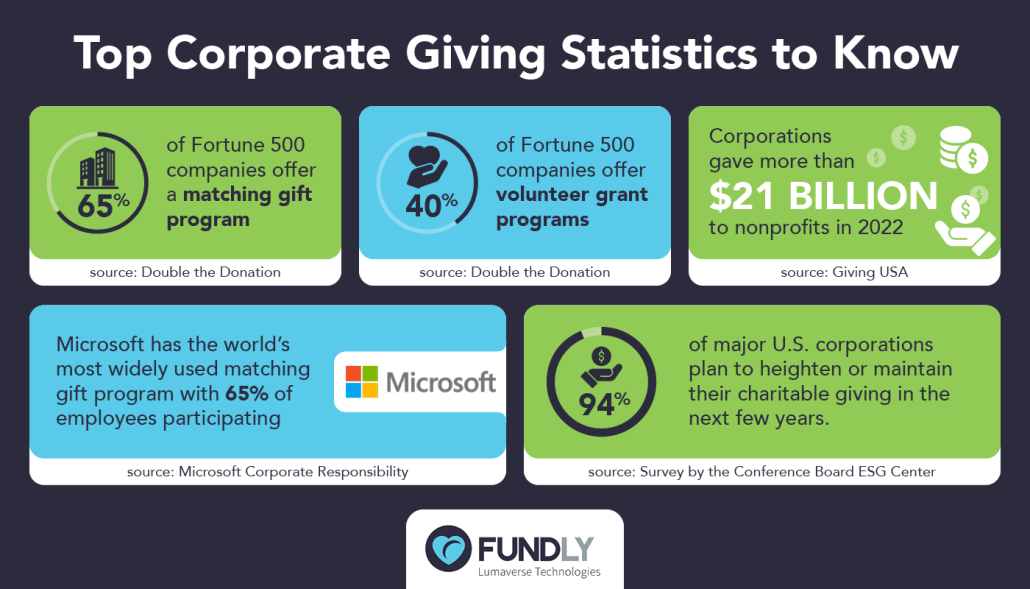Picture this—you’re brainstorming ideas for next year’s fundraising event. Some team members think you should try online or virtual fundraising while others hold fast to in-person events. You’re at a decision-making crossroads and aren’t sure which way to go.
This is a common occurrence for many organizations as more new and innovative ideas spring up each year. With all of these options, it’s difficult to know which one makes the most sense for your organization.
That’s why we’ve created this quick guide to help you take a step back and narrow your fundraising event choices. Together, we’ll review these questions you can use to inform your event decisions:
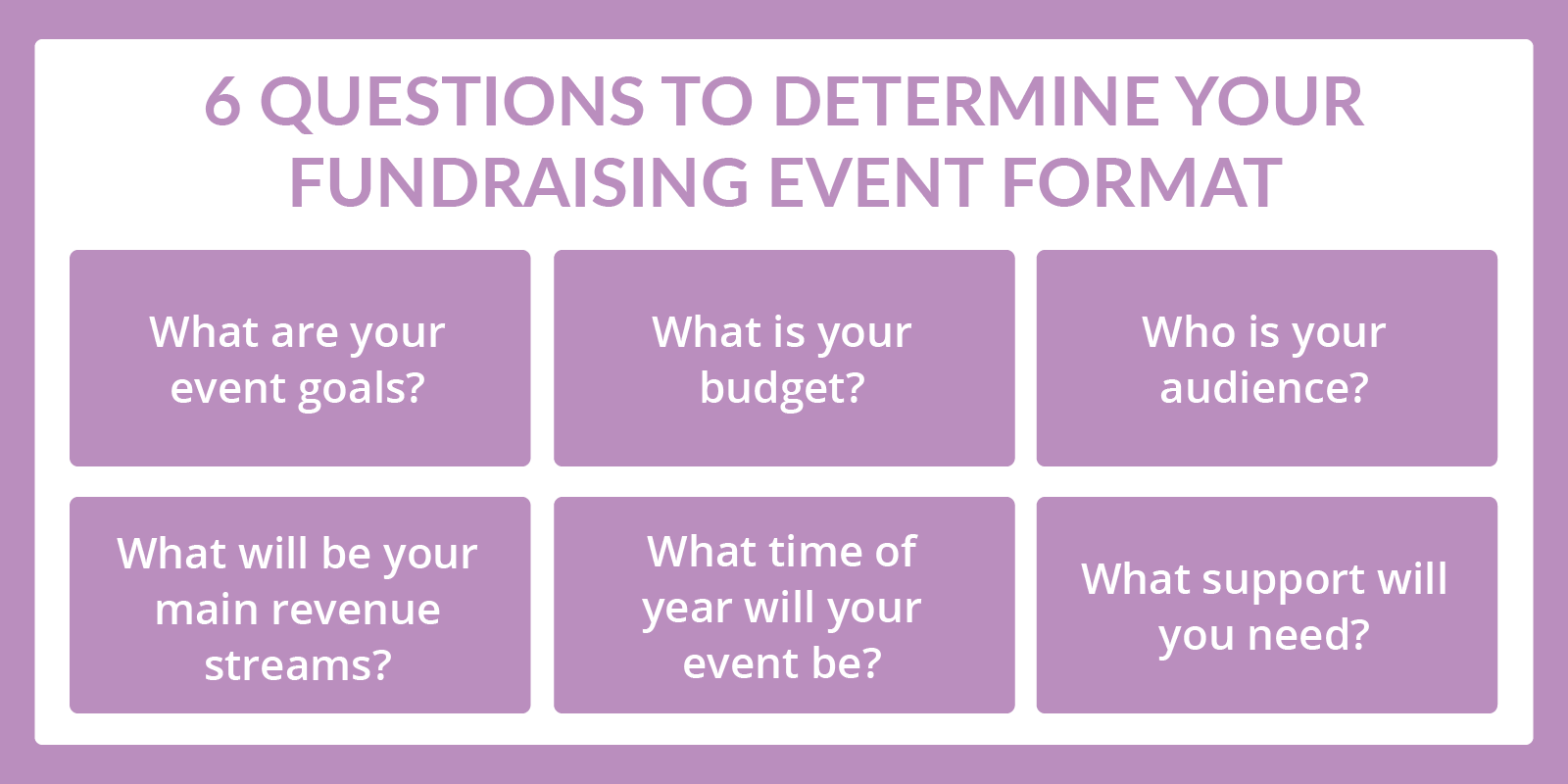
1. What are your event goals?
Every fundraising event should be a vehicle for helping you meet clearly defined goals. First, it must help you meet your revenue goals. Your team should conduct research on both your fundraising history and current fundraising event trends to find a profitable solution.
In addition to raising revenue, your organization should consider what additional engagement or awareness goals you’d like to target with your new fundraising event. These could include:
- Acquiring new donors. Large-scale community events are a great opportunity to expand your existing supporter network and tap into new donors. Ask your volunteers and existing donors to invite their friends and family.
- Cultivating relationships with existing donors. Fundraising events offer another chance to engage regular supporters and invite them to delve deeper into your cause. For instance, if you host an event to fund a new project, you’ll be able to educate existing donors on your organization’s growth.
- Encouraging community or school spirit. Fundraising events bring communities together to support worthwhile causes. You can use yours as an opportunity to enhance these community bonds or boost school spirit.
- Promoting your cause. If your nonprofit is new to the area, or you’ve just revamped your elementary school, fundraising events can act as an impactful promotional tool. Just be sure to thoroughly explain your mission and how you’ll use the funds raised.
Ideally, your fundraising event will help you accomplish multiple goals at once. And, if you’d like to take your event one step further, you can partner with sponsors or other like-minded organizations to increase your resources and reach.
2. What is your budget?
Look at your budget holistically to determine which fundraising event combination will offer the best return on investment (ROI). For instance, live events require more upfront costs and planning but tend to bring in more revenue. On the other hand, online events are more flexible but may not generate as many donations.
Consider the following event-related expenses when narrowing down your event format:
- Venue
- Fundraising software
- Catering
- Entertainment
- Staff
- Decorations
- Sound and lighting equipment
Ensure you have enough space in your budget for a contingency fund in case you fall short of your revenue goals. This way, you’ll be prepared should unexpected expenses or last-minute cancellations sneak up on you.
3. Who is your audience?
Knowing your audience helps determine which events will appeal to them. For instance, a large nonprofit organization might find success with upscale silent auction events while an elementary school might plan more family-friendly events like a fundraising field day or carnival.
Dig into your donor database to get the most relevant audience insights. Pay special attention to the following characteristics:
- Age. Different age groups tend to have different donation habits and preferences. For instance, 40% of Millennials are enrolled in a monthly giving program, while 58% attend fundraising events.
- Location. The location of your supporters is a deciding factor as well. For example, an online or hybrid event format may work best for organizations with a large global audience and limited planning time.
- Income. Looking into the average income of your supporters can help you better understand how much you can expect to raise from your event. This way, you can plan one that appeals to their interests and takes their giving capacities into account.
Use these insights to adjust your current event format or opt for a new one completely. As an example, if you are set on running an auction, use your donor’s giving capacity to guide your auction item pricing choices.
4. What will your main revenue streams be?
Different event formats use different revenue streams. Often, one event format will rely on multiple methods to generate the most funds. For instance, a fundraising concert may use ticket sales in addition to merchandise sales or text-to-give options. Here is a full view of revenue streams you can explore for your event:
- Ticket sales
- Peer-to-peer or crowdfunding revenue
- Merchandise
- Auction revenue
- Text-to-give
- Raffle tickets
- Recurring gifts
- Matching gifts
- In-kind contributions
Make sure you have the right software systems in place for your decided revenue streams. For online donations, you’ll want to choose a secure credit card processing platform that offers donors the ability to donate using their preferred payment option.
5. What time of year will your event be?
Choose an event date that does not conflict with your organization’s other plans or interfere with the plans of your supporters. Both of these criteria will differ depending on the nature of your organization and its supporter base.
On the nonprofit side, there are seasonal considerations an organization needs to grasp before deciding on an event. Funds2Orgs points out these noteworthy seasonal statistics:
- On average, nonprofits raise 26% of their revenue in December.
- 45% of donors enroll in a monthly giving program.
- 10% of annual giving occurs in the last three days of the year.
- GivingTuesday in 2023 saw a total of $3.1 billion in donation revenue in the U.S. alone.
On the school fundraising side, popular fundraising event seasons are back-to-school and springtime to energize your school community. Additionally, SchoolAuction.net suggests fundraising year-round to take the pressure off of a few event dates and tap into small amounts of consistent income.
6. What support will you need?
Event planning and coordination needs should be top of mind when considering your event format. If you have limited staff and planning time, you may opt for a few online fundraising events. On the other hand, if you have a knowledgeable and available support team, you might undertake more elaborate in-person fundraising opportunities.
Consider what volunteers, event staff, technical support, nonprofit board member support, and software support you need to make your event successful. Then, make your staff recruitment plans ahead of time so you’ll be ready once the event date rolls around.
Using these questions, your organization can choose your next fundraising event with confidence knowing you’ve done the research upfront. Once your event is over, be sure to update your internal records to indicate the revenue and engagement outcomes. That way, you’ll have fresh data to turn to for future event planning.
